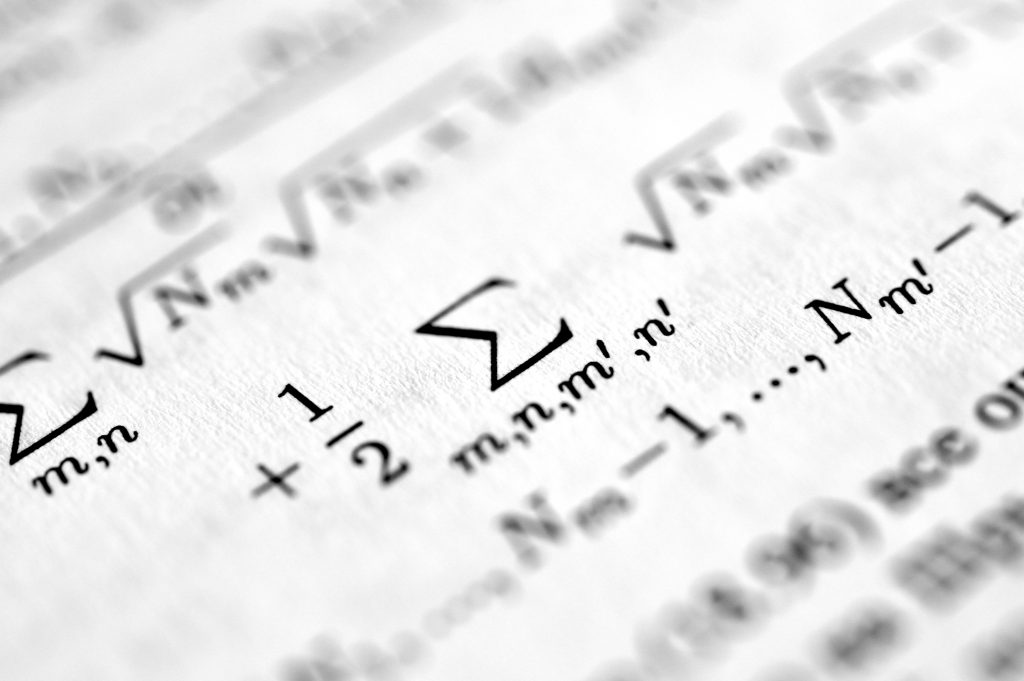The Harmonics Institute develops technologies that operationalize harmonic principles within interactive systems, treating sound, structure, and perception as unified elements. By embedding harmonic logic into the heart of technical systems, this research seeks to integrate harmonic intelligence directly into the architectures of software, hardware, and interface design. These technologies can serve as platforms for expanding cognitive and sensory engagement with complex informational and causal functions, especially through harmonically focused multi-modal feedback.
Instrument design at the Institute emphasizes resonance as a principle of interaction. Pivotal to this effort, we aim to design computational ecosystems capable of mapping and navigating complex informational spaces through patterns of harmonic interpretation. These systems do not merely visualize or calculate, they translate phenomena into harmonic form, enabling users to hear, feel, and respond to the dynamics of data. The Concordia instrument exemplifies this vision—allowing real-time, embodied interaction with the harmonic structure of the solar system. By translating planetary motion into audible and spatially distributed sonic forms, Concordia transforms abstract orbital dynamics into a lived musical experience. Performers engage with astronomical information through gesture and sound, creating harmonic dialogue with the cosmos.
Our vision for the design of these tools becomes expressed across the full technological stack, from custom physical interfaces to operating-level harmonic mapping frameworks. Projects in development include auditory computational environments, such as Harmony OS, where users explore physical laws, energetic states, and information structures through the symbolic representation of Harmonics. These environments do not just simulate external phenomena, they cultivate attunement to the deep patterns that shape the physical and informational worlds. Systems become instruments in the fullest sense: conduits for exploratory, expressive, and recursive engagement with reality.
This approach to technological innovation aims to refine, rather than replace, human faculties. Harmonic systems support heightened awareness, expanded attention, and integrative creativity. Tools created by the Institute do not dictate outcomes; they scaffold intelligibility. They allow insight to emerge through structured improvisation, enabling users to co-compose with complex systems rather than merely operating them. In this way, harmonic instruments extend human potential through design that honors depth, complexity, and aesthetic clarity.
By grounding innovation in the structure of harmonic logic, the Institute positions technology not as a neutral tool, but as a medium for cultivating harmony at scale. With applied research in harmonic computation, sonification, interactive media, and other forms of technology, the Harmonics Institute advances a new model of technological development, one rooted in resonance, coherence, and creative feedback. These systems function not only as instruments of measurement or performance, but as vehicles for harmonically grounded perception. By engaging with technology as a site of aesthetic, cognitive, and relational exploration, the Institute invites a new era of integrative invention—where the formal structure of experience and the functional logic of design converge in harmony.






